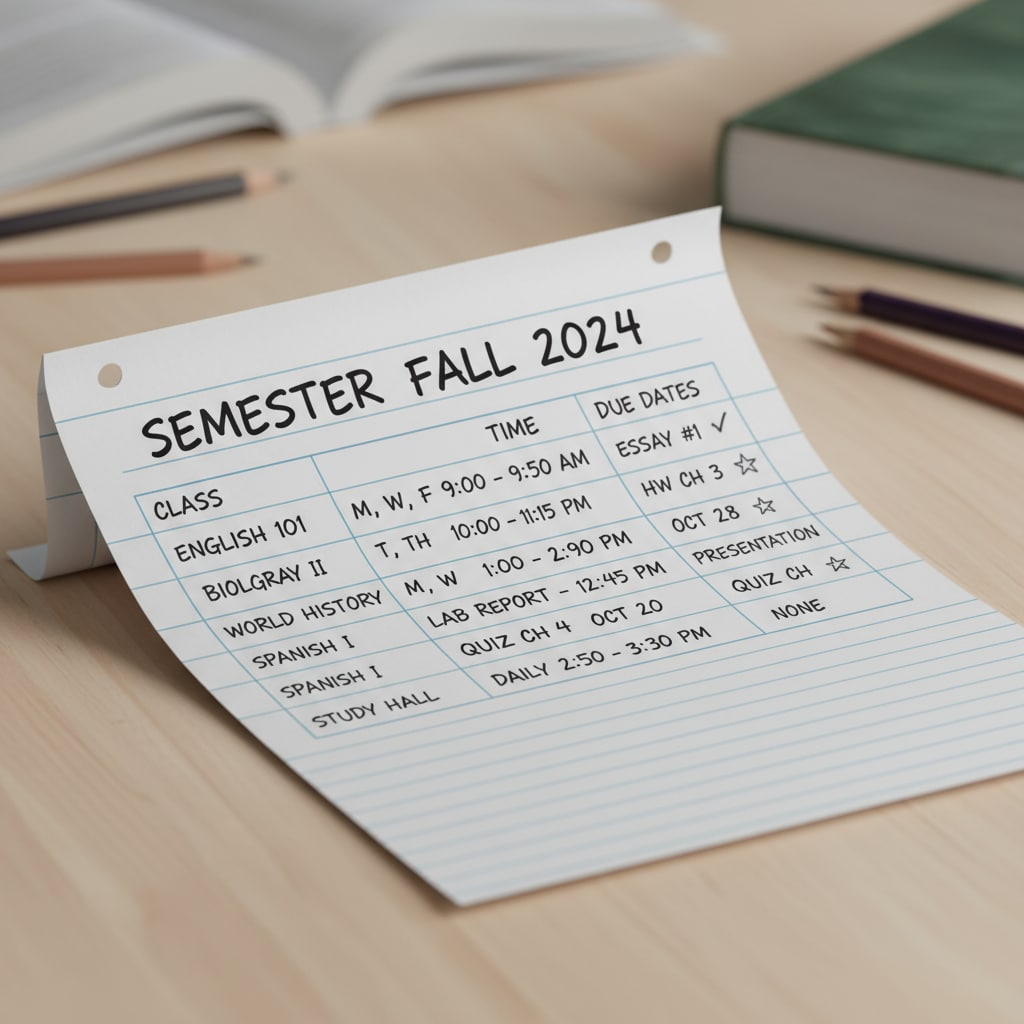In the realm of K12 education, the choice between the quarter system and semester system significantly impacts students’ academic focus and multitasking capabilities. These two academic systems have distinct characteristics that shape the learning experience, cognitive development, and academic achievements of students. Let’s delve into a detailed comparison to understand which system might be more beneficial for K12 students’ learning and growth.
The Quarter System: Depth of Focus
The quarter system divides the academic year into four quarters. Each quarter is relatively short, typically lasting around 10 weeks. This condensed timeframe encourages students to immerse deeply in their studies. For example, in a single quarter, a student might focus intensively on a particular subject, such as mathematics. This focused approach allows for in-depth exploration of topics. According to Wikipedia’s entry on the quarter system, students can develop a more profound understanding of the subject matter as they are not distracted by a wide range of other courses simultaneously.

However, the short duration also means that students need to quickly adapt to new topics and teaching rhythms. They must be able to maintain a high level of focus throughout the quarter to keep up with the fast-paced curriculum.
The Semester System: Breadth and Balance
In contrast, the semester system splits the academic year into two semesters, each lasting approximately 15 – 18 weeks. This longer time frame gives students the opportunity to study a broader range of subjects simultaneously. For instance, a student might take courses in English, science, social studies, and a foreign language in one semester. As stated in Britannica’s education section, this promotes a more well-rounded education by exposing students to different disciplines and ways of thinking.

But this also requires effective multitasking skills. Students have to manage their time, energy, and focus across various subjects, which can be challenging. They need to balance the demands of different assignments, projects, and exams for each course.
When it comes to academic focus, the quarter system offers a concentrated period of study. Students can zero in on a subject and build a strong foundation. On the other hand, the semester system demands that students distribute their focus among multiple subjects, enhancing their ability to handle diverse academic tasks. However, this doesn’t mean one is inherently better than the other. It depends on the individual learning styles and preferences of students.
Multitasking is a crucial aspect in both systems. In the quarter system, although the focus is on one subject at a time, students still need to multitask within that subject, juggling different assignments and assessments. In the semester system, multitasking becomes even more pronounced as they manage multiple courses. Effective multitasking in the semester system involves skills like time management, prioritization, and the ability to switch between different mental frameworks for each subject.
Readability guidance: As we’ve seen, the quarter and semester systems each have their own strengths and challenges regarding academic focus and multitasking. The quarter system emphasizes depth, while the semester system promotes breadth. Educators and parents should consider these factors when choosing or helping students adapt to an academic system. By understanding these differences, we can better support students in achieving their full potential in K12 education.


